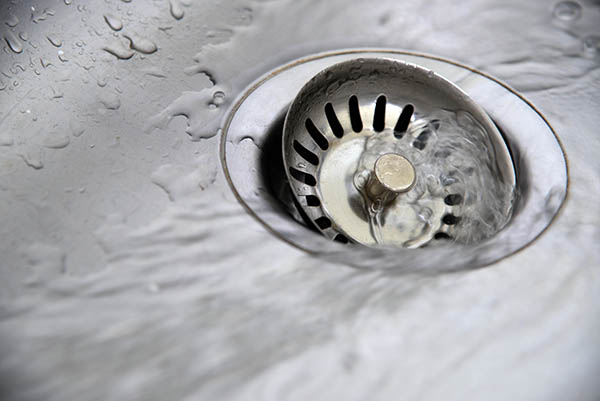In parts of the world without adequate drainage systems, sewage often ends up contaminating water supplies used for drinking or bathing. As well as just being plain unpleasant, this exposes people living in such area to things like cholera, typhoid, dysentery, schistosomiasis, hepatitis A, intestinal nematode infections and other awful diseases.
Drainage and sewerage are clearly very important, but how do they actually work?
How Drainage Works
In essence, drainage is quite simple. Pipes from the drains and toilets in your home or business are pitched in such a way that gravity moves wastewater down, away from your home and into the sewerage system. But, as simple as the basic mechanics are, there is a lot more to a functional drainage system.
Vents, Traps, and Clean Outs
The three most important elements of drainage systems, other than the pipes themselves, are vents, traps, and clean outs.
Vents allow air to enter your drainpipes. Without an air supply coming from the vents, wastewater would not flow out properly.
Traps are an essential part of your drainage system. It’s the curved or S-shaped section of pipe under your drain. Water flows through the trap and out through the drainpipe, but enough water is caught there to form a seal and stop sewer gas from being regurgitated. Toilets are self-trapped, whereas bathtubs feature drum traps.
Grease, debris and hair can build up in these traps and cause drain blockages, so your traps will often feature a clean-out plug for easy access.
So, that’s how wastewater gets drained out of your property, but what happens next?
Vast Networks of Nasty Water
Once gravity has carried raw sewage away from your home or business via the drainage system it will enter an extensive, underground sewerage system. These can be massive and complex pieces of infrastructure. In Sydney, the sewerage system includes 25,355 kilometres of pipes, 16 wastewater treatment plants, 14 water recycling plants and 677 wastewater pumping stations.
Sewerage Pipes
Sewerage pipes are always laid on a slope to allow sewage to flow to the nearest pumping station, from which it will be directed to a treatment facility. This network of pipes is quite capable of handling normal sewage, but there are certain substances that can cause blockages and overflows.
Dramatic increases in flows due to storm-water ingress and illegal discharge of trade waste into the system can also cause operational problems requiring careful management.
Pre-Treatment of Raw Sewage
Raw sewage contains varying quantities of floating and suspended solids, some of considerable size. Materials such as rags, pieces of wood, metal, plastic, or rubble need to be removed as their presence interferes with the main treatment process and mechanical equipment involved.
Main Treatment
The overall intention of treating sewage is to separate the pollutants from the water as much as possible so that both can be recycled in different ways. A very common method for doing so is called Activated Sludge. The Activated Sludge process is widely used in Australia and involves the acceleration of natural microbial growth by aerating. This ‘activates’ the large amounts of bacteria and other microbes in sewage that are feeding off our organic waste. The end result is a very efficient conversion of waste pollutants into their biomass.
This biomass is then ‘digested’ at the sewage treatment plant, making it more stable and less stinky, and it can then be used for composting. The cleaned water is either released into the environment or can be further disinfected and used as recycled water.
Get in Touch
Make sure your drainage is in good condition by contacting the plumbing specialists at G.F. James Plumbing today on 02 9649 1099 or enquire online.






